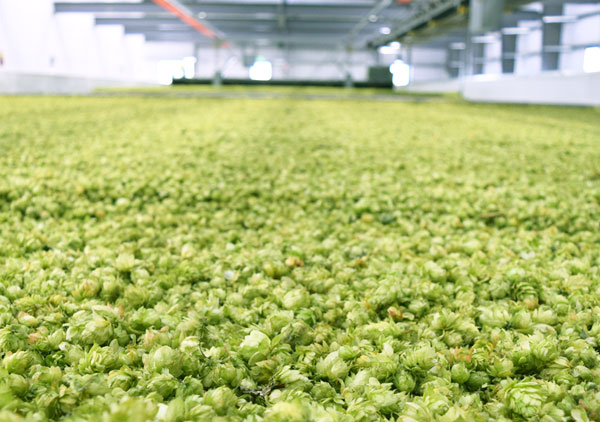
Test your knowledge on growing hops in this week’s Tuesday Beer Trivia quiz.
Growing your own hops is a great way to infuse a little more “home” into your homebrew. It’s a science, just like brewing itself. Test your wits on how to grow hops in optimal conditions.
After you take the Beer Trivia quiz below, scroll down to the “Beer Trivia Answer Explanations” section to learn more about growing hops at home.
[polldaddy type=”iframe” survey=”B5E540D9FC9F073C” height=”auto” domain=”2491351″ id=”beer-trivia-example-8″]
Beer Trivia Answer Explanations
Click To Expand
The following explanations are taken from The Hop Growers Handbook: The Essential Guide for Sustainable, Small-Scale Production for Home and Market by Laura Ten Eyck and Dietrich Gehrig.
Question 1:
False: Hops are perennial plants, which means that if you tend to them correctly and give them just the right balance of sun, water, and nutrients, they will come back year after year
Question 2:
When you are thinking about a location for growing your hops, you need to think big because hops are a permanent investment, much like asparagus beds, orchards, or vineyards. What begins as a tiny rhizome will grow to the size of a telephone pole if all goes well. These plants also have enormous underground root systems that need plenty of space. Let your hops breathe!
Question 3:
Irrigation is essential if the area in which your hops grow doesn’t receive at least 30 inches (76 cm) of rain per growing season. A single hops plant needs about 16 gallons (60.6 L) of water per week. This makes choosing your location essential because too much and too little is a delicate balance in growing hops. You also want to be sure that you have good drainage in place for your growing area in the event you receive too much rain.
Question 4:
Erosion, nitrogen fixing, and retaining moisture are just a few of the reasons that cover cropping is good practice for growing hops, or any other plant for that matter. They can also act as smother crops to keep pesky weeds from thriving.
Question 5:
When a hop tower reaches the tops of its trellis, it tends to switch gears and instead of focusing on growing upward, it starts to grow its lateral sidearms, producing tiny balls known as burrs.



Share Post